Results 10,531 to 10,540 of 12094
Thread: Anandtech News
-
04-24-20, 11:42 AM #10531
Anandtech: Intel: Tiger Lake Client CPUs Coming Mid-Year
Along with detailing the nuts and the bolts of their Q1 2020 earnings, as part of Intel’s financial presentation, the company also offered a quick update on their upcoming Tiger Lake client CPUs. In short, the company is now preparing for volume production of the chips, and expects to being shipping them to OEMs mid-year.
Intel first unveiled Tiger Lake back at CES 2020 early this year, where the company briefly detailed the architecture while showing off a device using a prototype chip. Tiger Lake will be based on Intel’s latest Core CPU architecture, and will also be the first CPU from the company to integrate an iGPU based on their new Xe-LP graphics architecture. The chips will be based on a newer version of Intel’s 10nm manufacturing process than what’s used in the current ice Lake chips, which Intel is calling their 10+ process. At the time, Intel was promising that Tiger Lake devices would show up by the holidays, a similar time frame as 2019’s Ice Lake launch.
All told then, Intel’s most recent update is right in-line with their previous promises. With Tiger Lake being another mobile-first launch, OEMs need to receive chips well in advance of when consumer products will reach the store shelves, both to give OEMs the necessary time to finalize their designs, as well as to build up a suitable stockpile of devices for a proper retail launch. So, as it always needs to be said when talking about Intel’s timelines for manufacturing, while Tiger Lake chips will be shipping mid-year, we’re not currently expecting devices any sooner than what Intel has previously discussed.
Finally, if everything goes according to plan or Intel, it looks like the Tiger Lake launch should be a higher volume affair than Ice Lake’s. Cognizant of Ice Lake’s slow ramp-up and launch in 2019, Intel is telling investors that they are holding twice as many Tiger Lake CPUs in reserve as compared to Ice Lake. The company does need to master its updated 10+ process to get there, but with any luck, Intel’s 4+ years of playing with 10nm may finally pay some better dividends as they bring up their latest process.
#ontherun #TigerLake pic.twitter.com/Dhm1TwlcjV
— ??. ??? ??????? (@IanCutress) January 8, 2020
More...
-
04-27-20, 08:30 AM #10532
Anandtech: Khronos Announces OpenCL 3.0: Hitting the Reset Button on Compute Framewor
Today something is happening for which I’m not sure there’s any parallel for in the computing industry – and certainly, there’s never been anything like it in the GPU computing ecosystem. Khronos, the consortium behind standards such as Vulkan, OpenCL, and OpenGL, is revealing OpenCL 3.0, the latest version of their GPU and parallel compute API. And, looking to reset the ecosystem, the group is turning back the clock on OpenCL, essentially reverting the core API back to OpenCL 1.2.
As a result, everything developed as part of OpenCL 2.x over the last 9 years has now become optional: vendors can (and generally will) continue to support those features, but those features are no longer required for compliance with the core specification. Instead of having to support every OpenCL feature – no matter how useful or useless it might be for a given platform – the future of the API is going to be around vendors choosing which optional features they’d like to support on top of the core, OpenCL 1.2-derrived specification. It's a very Vulkan-like design philosophy, but it's a major change in course for the industry's biggest cross-vendor and cross-platform compute framework.
More...
-
04-27-20, 12:39 PM #10533
Anandtech: NVIDIA Closes Mellanox Acquisition, Adds High-Speed Networking to Tech Por
Just over a year ago, NVIDIA announced its intentions to acquire Mellanox, a leading datacenter networking and interconnect provider. And, after going through some prolonged regulatory hurdles, including approval by the Chinese government as well as a waiting period in the United States, NVIDIA has now closed on the deal as of this morning. All told, NVIDIA is pricing the final acquisition at a cool 7 billion dollars, all in cash.
Overall, in the intervening year, NVIDIA’s reasoning for acquiring the networking provider has not changed: the company believes that a more vertically integrated product stack that includes high-speed networking hardware will allow them to further grow their business, especially as GPU-powered supercomputers and other HPC clusters get more prominent. To that end, it’s hard to get more prominent than Mellanox, whose Ethernet and Infiniband gear is used in over half of the TOP500-listed supercomputers in the world, as well as countless datacenters.
Ultimately, acquiring the company not only gives NVIDIA leading-edge networking products and IP, but it will also allow them to exploit the advantages of being able to develop in-house the high-performance interconnects needed to allow their own high-performance compute products to better scale. NVIDIA already has significant dealings with Mellanox, as the company’s DGX-2 systems incorporate Mellanox’s controllers for multi-node scaling. As well, Mellanox’s hardware is used in both the Summit and Sierra supercomputers, both of which are also powered by NVIDIA GPUs. So this acquisition is in many respects just the latest expansion in NVIDIA’s ongoing efforts to grow their datacenter presence.
More...
-
04-27-20, 08:41 PM #10534
Anandtech: Sponsored Post: On April 30, Gigabyte is Making an Announcement - And it’s
On April 30 at 10 AM PST/1 PM EST, Gigabyte is planning to stream a special event known as AORUS Direct on its YouTube. Nobody knows *what* specifically will be revealed just yet, but it looks like it’s going to be something big.
During AORUS Direct, Gigabyte is likely going to reveal some new top-notch motherboards that could hit the market soon. Though Gigabyte manufactures laptop devices and custom graphics cards, its production of motherboards is what the company is best known for. April 30, the company might just show off brand-new ones.
This could be exciting news for PC gamers. As the backbone of a computer, motherboards are one of the most important parts in any rig. And as the market for motherboards has become increasingly varied in recent years, as one of the largest motherboard manufacturers Gigabyte has been able to use its size to deliver a wide range of boards. These days motherboards don’t just vary in size – from towering EATX boards to tiny mini-ITX builds – but also ever-expanding feature sets such as USB Type-C ports, M.2 slots, Wi-Fi, and even RGB lighting controls.
As well, overclocking continues to remain popular, with performance-focused boards getting extra cooling and support for higher RAM speeds in order to maximize their performance potential. Based on what they’ve accomplished so far, whatever Gigabyte has to offer with a new line of motherboards should be pretty interesting to see.
Make sure to save the date and time so you can catch the AORUS Direct stream. If some fantastic motherboards are announced, you won’t want to miss it. If you can’t make it, don’t worry — a post-stream recap highlighting everything you need to know will also be available.
Add To My Calendar
More...
-
04-28-20, 09:30 AM #10535
Anandtech: GPUs Unleashed: Intel Releases First Unlocked GPU Driver For OEM Systems
While Intel’s integrated GPUs have made immense strides over the past decade, there’s been one particular legacy they’ve been unable to break free from: OEM driver locking. Due to the large degree of customization and optimization that OEMs sometimes do to their systems, some OEMs have insisted on having video drivers “locked” to their platforms, so that only video drivers that they’ve customized and distributed can be installed.
This structure has always offered at least a modicum of utility, ensuring that newer drivers don’t break things or otherwise interfere with those system customizations, but as desktops and laptops live longer than ever, OEM have demonstrated a shorter attention span than Intel when it comes to driver updates. As a result, unfortunate system owners have found themselves stuck in a bind with older (and even some newer) systems, where there are newer drivers with important bug fixes for games and applications, but those drivers can’t be installed because they haven’t been customized and approved by the OEM.
Thankfully, it looks like the days of Intel OEM driver locking are finally behind us. Yesterday evening Intel released a new version of its Windows 10 GPU driver, version 26.20.100.8141, that’s fully unlocked, allowing it to be installed on virtually all OEM systems for the first time. And while there are a handful of catches, ultimately this driver should work with most OEM systems that are running a current, supported version of Windows 10 on top of an Intel Gen9 or later iGPU.
Going by Intel’s release notes, the key development here, besides seeming throwing caution into the wind and telling OEMs to shove off, is the now widespread use of Microsoft’s newer Declarative Componentized Hardware (DCH) video driver format. First introduced along Windows 10 1803 almost two years ago, DCH is a newer, modularized driver format that among other things, allows for more piecemeal distribution of the components within a driver. For Intel and NVIDIA users, for example, their respective graphics control panels are distributed and installed via the Windows Store when installing a DCH driver.
Critically, OEM-specific customizations are modularized under DCH as well, meaning that those customizations are no longer part of the base driver package, in Microsoft parlance. This means that it’s possible to distribute and update the base driver as a generic package, doing away with the need to make OEM-specific builds that incorporate their customizations. Ultimately, unlocked drivers have been part of Microsoft’s big plan for drivers since Windows 10 1803 shipped, and this week Intel is finally putting that plan further into motion with the release of their first unlocked driver set.
Meanwhile, although Intel is distributing unlocked drivers, they are being cautious about it, at least initially. At the very top of the driver description, before anything else, is the following warning text.
WARNING: Installing this Intel generic graphics driver will overwrite your Computer Manufacturer (OEM) customized driver. OEM drivers are handpicked, customized, and validated to resolve platform-specific issues, enable features and enhancements, and improve system stability. The generic driver’s intention is to temporarily test new features, game enhancements, or check if an issue is resolved. Once testing is complete Intel advises reinstalling the OEM driver until they validate it and release their own version.For now, at least, Intel is calling these unlocked drivers test drivers. But so long as they work correctly, there’s going to be little need to go back to using pre-baked OEM drivers. Intel moves faster than the OEMs, and typically the company updates its generic drivers for far longer than OEMs update their custom drivers. So it should be a win for all parties: Intel improves the user experience by getting drivers to users sooner, users get bug fixes and updates sooner, and OEMs have to less ongoing maintenance and driver customization work. Which is all the more important for all parties as Intel’s integrated GPUs have continued to improve with recent releases like the Ice Lake Iris Plus (G7) iGPUs, as well as the upcoming Xe-based iGPU that will be in Tiger Lake.
Finally, with all of that said, it should be noted that there is a catch: because this unlocked driver functionality is based around the Windows 10 DCH driver model, it means that a system needs to already have an OEM DCH driver installed – a so-called “OEM DCH to Intel Generic DCH” driver upgrade. So for an older system that is running a current build of Windows 10 but is relying on a standalone-style driver, it will not be possible to install the unlocked Intel driver. In this case a user would first need to install an OEM DCH driver, if one is available. Otherwise, Intel’s new driver package doesn’t do anything for systems running pre-DCH drivers.
You can find the full details on Intel’s new iGPU driver, as well as the associated release notes, over on Intel’s driver download page.
More...
-
04-29-20, 12:36 PM #10536
Anandtech: AMD Reports Q1 2020 Earnings: CPU Sales Fuel Big Gains
As the first quarter 2020 earnings period continues, up next is AMD, who has reported their earnings for the first three months of the year. The company, enjoying an accelerating turn-around in its fortunes thanks in big part to its Zen series of CPU architectures and resulting products, has closed the books on one of its best first quarters in years, with the company turning a tidy profit in the process.
For the first quarter of 2020, AMD reported $1.79B in revenue, a staggering 40% jump over the same quarter a year ago. Their best first quarter in almost 10 years saw all of AMD’s metrics improve; along with that revenue AMD’s net income jumped by $146M (over 900%) to $162M, coming in just behind a seasonally strong Q4. Meanwhile gross margins are up as well, with AMD hitting 46%, improving on Q4 and leaping 5 points higher than the year-ago quarter.
As always, the flag bearer for AMD is their Computing and Graphics segment, which encompasses their desktop and notebook CPU sales, as well as their GPU sales. That division booked $1.44B in revenue for the quarter, $607M (73%) more than Q1 2020. Accordingly, the segment’s operating income as up significantly as well, going from just $16M a year ago to $262M this year.AMD Q1 2020 Financial Results (GAAP) Q1'2020 Q4'2019 Q1'2019 Revenue $1.79B $2.13B $1.27B Gross Margin 46% 45% 41% Operating Income $177M $348M $38M Net Income $162M $170M $16M Earnings Per Share $0.14 $0.15 $0.01
AMD doesn’t provide a detailed breakout of information from this segment, but for this quarter they have provided some information on revenue and average selling prices (ASPs). Overall, client CPU sales were quite strong, with AMD recording record quarterly revenue for notebooks thanks in large part to the recent launch of its Renoir Ryzen 4000 APUs. The strength of the segment lead to higher ASPs on a year-over-year basis, though interestingly CPU ASPs dropped a bit over Q4 due to the higher notebook sales.AMD Q1 2020 Computing and Graphics Q1'2020 Q4'2019 Q1'2019 Revenue $1438M $1662M $831M Operating Income $262M $360M $16M
However, AMD’s graphics division ended up being a bit of a laggard here. GPU ASPs were down on both a yearly and quarterly basis, even though AMD has released numerous new Navi products in the last year. As always, it should be noted that ASPs don’t factor in production costs/profitability, but I am a bit surprised that AMD’s averages aren’t higher given their more conservative pricing strategy. Meanwhile graphics revenue was down on a quarterly basis, though this isn’t unexpected coming off of Q4; and unfortunately, AMD didn’t provide any year-over-year comparison data.
Meanwhile AMD’s Enterprise, Embedded, and Semi-Custom segment saw a very mixed Q1, with the server CPU + semi-custom reporting group running a loss for the quarter. All told, the segment recorded $348M in revenue, $93M less than Q1’19. As a result the segment dipped into the red, recording an operating loss of $26M.AMD Q1 2020 Enterprise, Embedded and Semi-Custom Q1'2020 Q4'2019 Q1'2019 Revenue $348M $465M $441M Operating Income -$26M $45M $68M
Breaking down the segment, AMD reported that semi-custom sales have dropped while EPYC processor sales are up, underscoring the unusual nature of the segment. Overall, EPYC sales have improved by “double digit” percentages over the previous quarter, an important development for AMD as it works to rebuild its server market share, but it ultimately wasn’t enough to offset the drop in semi-custom sales. AMD of course continues to be gung-ho on EPYC, while the semi-custom side of the segment should improve once AMD’s console customers start ramping up for their respective tenth-generation console launches.
Looking forward, like other hardware vendors, AMD is attempting the navigate the current coronavirus crisis. The company hasn’t taken any exceptional steps thus far (and is still reporting projections for the full year), but at the same time the pandemic can still potentially impact both supply and demand, and AMD has trimmed their revenue expectations for the second half of the year in response.
As for AMD’s product lineup, the company is still looking forward to releasing new hardware over the rest of the year, furthering its technological lead. Along with the obligatory release of Renoir APUs on the desktop, AMD is reiterating that products based on the Zen 3 CPU and RDNA2 GPU architectures will launch late this year. With that period still several months out – and still at risk of coronavirus-related delays – AMD still isn’t sharing more precise plans than that, but clearly the company is angling to at least start shipping these parts for revenue before the year is out.
More...
-
04-29-20, 04:26 PM #10537
Anandtech: DisplayPort Alt Mode 2.0 Spec Released: Defining Alt Mode for USB4
As the tech industry gears up for the launch of the new USB4 standard, a few more parts first need to fall into place. Along with the core specification itself, there is the matter of alternate modes, which add further functionality to USB Type-C host ports by allowing the data pins to be used to carry other types of signals. Keeping pace with the updates to USB4, some of the alt modes are being updated as well, and this process is starting with the granddaddy of them all: DisplayPort Alt Mode.
The very first USB-C alt mode, DisplayPort Alt Mode was introduced in 2014. By remapping the USB-C high speed data pins from USB data to DisplayPort data, it became possible to use a USB-C port as a DisplayPort video output, and in some cases even mix the two to get both USB 3.x signaling and DisplayPort signaling over the same cable. As a result of DisplayPort Alt Mode’s release, the number of devices with video output has exploded, and in laptops especially, this has become the preferred mode for driving video outputs when a laptop doesn’t include a dedicated HDMI port.
Now, as USB4 prepares to enter service, DisplayPort Alt Mode is being updated as well. One of the many big changes in the USB4 spec is that DisplayPort is a first-class citizen, with USB4 able to encapsulate DisplayPort video data like Thunderbolt 3 already does. So in order to keep pace with USB4 – where things are a bit more rigorous and well-defined this time around – VESA has needed to tighten the Alt Mode standard to match, as well as to update the specification to incorporate DisplayPort 2.0 and its UHBR signaling standards. The end product, fittingly enough, will be called DisplayPort Alt Mode 2.0.
At a high level, as the USB-C connector itself isn’t changing for USB4, DisplayPort Alt Mode 2.0 doesn’t need to change much either. All of the physical mechanics regarding pin reassignment and what pins can carry what data are the same, so the crux of the alt mode still involves reassigning two or four of the high speed pairs offered in a USB-C cable/connector. That said, because the USB4 protocol is based on Thunderbolt 3 this time around, how USB4 data is carried is changing, and the behavior of USB4 cables is changing as well – mainly that they’ll be active cables for any appreciable distance – and so DP Alt Mode is being updated to accommodate this.
Besides immediate compatibility with USB4, the big change for DP Alt Mode 2.0 then is the addition of DisplayPort 2.0 functionality, to support the new UHBR 10, 13.5, and 20 signaling standards. With bandwidths of up to 20Gbps per lane, a full, 4 lane DP 2.0 connection can drive up to 80Gbps of bandwidth. And now with DP Alt Mode 2.0, an alt mode connection over a USB-C connection can do the same.
Under the hood, this is accomplished by reconfiguring a 4 lane USB4 connection into a 2 or 4 lane DisplayPort connection, driving DisplayPort signals over high speed lanes that would normally be carrying USB4 signals. USB4 normally relies on a 2-up/2-down configuration to form a single bidirectional connection. DP Alt Mode can either split this with USB, resulting in a reduced bandwidth 1-up/1-down USB 3 connection paired with a 2 lane DP connection, or DP can take over all 4 lanes for a full speed DP connection. Ultimately, this means that a DP Alt Mode 2.0 connection is just as capable DisplayPort 2.0 connection as far as display connectivity and bandwidth are concerned.
And this isn’t merely a coincidence: both DisplayPort 2.0 and USB4 are based on Thunderbolt 3 signaling, which Intel released to the wider tech industry on a royalty-free basis a couple of years back. So although there are some significant differences at the protocol level (mainly that USB4 carries a whole lot of things other than DP video), the signaling and resulting cable rules are virtually the same for USB4 and DisplayPort Alt Mode 2.0.DisplayPort 2.0 vs DP Alt Mode 2.0 vs USB4 DisplayPort 2.0 DP Alt Mode 2.0
(4 Lane Mode)USB4 Max Cable Bandwidth 80Gbps 80Gbps 80Gbps Max Downstream Bandwidth 80Gbps
(DP)80Gbps
(DP)40Gbps
(USB + DP)Max Upstream Bandwidth N/A N/A 40Gbps
(USB)Physical Layer Thunderbolt 3 Thunderbolt 3 Thunderbolt 3 DisplayPort 1x DP 2.0 Streams 1x DP 2.0 Streams 1x DP 2.0 Streams Passive Cable Option Yes (40Gbps) Yes (40Gbps) Yes (40Gbps) Interface Port DisplayPort USB Type-C USB Type-C
This also means that DP Alt Mode 2.0 should largely work with USB4-compliant cables, although VESA is being careful to avoid promising compatibility with all cables, as USB4 cables are still under development and eventual certification. Like USB4 then, for extremely short runs passive cables will be possible, while for runs over a foot or so – which is to say, pretty much all real-world monitor setups – an active cable is required.
Compatibility in active cables will in turn come down to the redrivers used in those cables. For USB4 cables to work with DP Alt Mode 2.0 they not only need to be able to redrive DP 2.0 signals, but they’ll need to be able to operate in full unidirectional mode – with all 4 lanes going downstream – as opposed to USB4’s bidirectional mode. The good news is that most USB4 cable redrivers are expected to support this, so the matter should largely be moot, but it again comes down to certification and what cable manufacturers end up doing.
On a final note about connectivity, those redriver requirements will apply to DP Alt Mode 2.0 adapters as well, meaning that active adapters will be required. While DP Alt Mode 1.0 could work with passive adapters given the relatively loose signaling used, the tighter signaling requirements for DP 2.0 mean that even USB to DisplayPort adapters need an active redriver in them.
Overall, the introduction of DisplayPort Alt Mode 2.0 means that there will be two different ways to pipe DisplayPort video over a USB4 cable, giving system builders and users an unusual degree of flexibility in designing devices and choosing how to wire them up. As previously discussed, USB4 can already carry encapsulated DisplayPort data within a USB4 signal. However with the introduction of DP Alt Mode 2.0, it also becomes possible to skip the middle man, so to speak, by reconfiguring a USB-C port to pass raw DisplayPort video.
But why even have multiple modes to begin with, you might ask? The matter comes down to performance as well as hardware costs. From a bandwidth standpoint, USB4 maxes out at 40Gbps of bandwidth in any one direction a bidirectional connection. So the most bandwidth available for DisplayPort video, assuming it saturates the connection, is only half of what DisplayPort 2.0 is capable of. A raw DisplayPort connection via Alt Mode 2.0, on the other hand, doubles that maximum bandwidth to 80Gbps since all lanes can be used to send data to a display. So if nothing else, Alt Mode is needed to drive ultra-high resolution connections over USB-C, such as 8K @ 60Hz with HDR.
As for hardware costs, like Thunderbolt before it, using DisplayPort encapsulation with USB4 means that there needs to be USB4 controllers on both ends of the connection, as well as DisplayPort hardware to actually handle the DisplayPort data. Alt Mode, by contrast, allows for slightly simpler displays and sink devices: those only need DisplayPort hardware, and can forgo the USB4 controllers.DisplayPort Signaling Standards Standard Raw Bandwidth
(4 Lanes)Effective Bandwidth
(4 Lanes)Target Monitor Resolutions Alt Mode 1.0
(HBR3)32.4 Gbps 25.92 Gbps 4K@120Hz
8K@60Hz (w/DSC)Alt Mode 2.0
(UHBR 20)80 Gbps 77.37 Gbps 8K@60hz HDR >8K@60Hz SDR
4K@144Hz HDR
2x 5K@60Hz
Ultimately, as was the case with DisplayPort Alt Mode 1.0, DP Alt Mode 2.0 is all about giving hardware vendors another way to drive video out without having to use a dedicated port. And with the ability to match DisplayPort 2.0 spec-for-spec, as well as combine DP video with USB4 data, Alt Mode 2.0 is certainly setup to do just that and more. And, according to VESA, we should get a chance to see that first-hand next year, with the first DP Alt Mode 2.0 devices expected in 2021.
More...
-
04-30-20, 10:49 AM #10538
Anandtech: Xiaomi Launches Mi Note 10 Lite, Redmi Note 9 & Note 9 Pro Globally
Today Xiaomi is launching a trio of mid- to low-end devices, and we’re seeing the global launch of the new Mi Note 10 Lite, Redmi Note 9 Pro and the Redmi Note 9.
The new Note 10 Lite is a cut-down version of last year’s Note 10 which was the first phone with an 108MP camera. The Lite variant keeps the design aesthetics but comes with a smaller 64MP still very capable camera.
The new Redmi Note 9 series phones adopt a new design language, offering new SoCs in the forms of the Snapdragon 720 and the Helio G85, all whilst maintaining their characteristic huge battery capacities as well as extremely low prices.
More...
-
04-30-20, 10:49 AM #10539
Anandtech: The Intel Z490 Overview: 44+ Motherboards Examined
After another long wait for a new Intel platform, Comet Lake and the 400 series finally descends. Here we get a new socket, support for up to 10-cores with its flagship Core i9-10900K/KF processors, and a few interesting adjustments on ethernet, Wi-Fi. Scrambling to be the latest and greatest, some motherboard vendors include support for PCIe 4.0 'for a future platform', which some have outright identified as Rocket Lake. We asked every motherboard vendor for specifications and details on their new product lines.
More...
-
04-30-20, 05:04 PM #10540
Anandtech: Updated IPhone SE Camera Testing: Replacement Phone Shows Much Improved Re
Last week we published our initial review of Apple’s new iPhone SE. In the piece, I had remarked that the camera was relatively disappointing and suffered from a lack of detail in photos, with the phone’s camera seemingly suffering from optical weaknesses that manifested in partially blurred out shots. This was quite puzzling as the iPhone SE’s camera module should be of the same design as that of the iPhone 8, which produced sharp images.
I had notified Apple of the results ahead of the publication of the article, and the company communicated back that they had not seen such results before, and that they were not what was expected of the new iPhone SE’s camera abilities.
The company decided to dispatch out a new phone, and to collect my initial unit for analysis. I exchanged units earlier in the week, and was able to retest the new phone’s cameras.
In the new camera samples, we can see a dramatic improvement in sharpness of the pictures, and the new phone exhibits none of the optical issues that were initially described in the article.
Although I wasn’t able to test both units side-by-side, as the old phone had been collected at the same time, here’s some similar scene shots (although they are done on different days with different lighting conditions) between the two phones:
One can immediately note massive improvements in sharpness, with the new phone now performing as good as, or even better, than the iPhone 8.
I’ve completely updated the initial camera evaluation with new samples, and all criticism about the detail retention and optical performance of the iPhone SE naturally don’t apply any more, with the phone now performing excellently in that area.
Read: Updated iPhone SE Quick Camera Evaluation
For transparency’s sake – we’ve kept on the old page with the old samples in the article so that readers can see the differences between the two units.
Post-mortem
Overall, the new update is both good news and bad news. The good news is that the iPhone SE should feature a much better camera than initially reported, and I hope that’s what most users will experience.
The bad news is that we still don’t exactly know what went wrong with the first unit – what I don’t doubt is confirmed is that it suffered from a manufacturing defect in the optical system of the camera.
The problem with confirming such a scenario is that it’s very unlikely that I was extremely unlucky in being the sole person receiving such a sample, as usually one-off faults like these are insanely rare, with the more likely scenario being some sort of systematic failure for a whole batch of units.
As an anecdote, the last time this happened was a few years back, with initial production runs of Huawei’s Mate 8 having camera focus issues, and this was confirmed to be faulty manufacturing of the initial batches rather than just my unit. The issue was partly resolved by software updates, and fully resolved by a recalibration in the manufacturing lines.
For such a QA-issue to happen to Apple is extremely rare, and to their credit, they took it very seriously with a prompt response and device replacement. Only their internal analysis will showcase the root cause of the problem, and unfortunately given the company’s more secretive nature, we might never find out about the results of that investigation.
We’ll be following up with a full-blown camera analysis of the new iPhone SE (and a ton of other phones we have to catch up on!) in the next few weeks.
More...
Thread Information
Users Browsing this Thread
There are currently 17 users browsing this thread. (0 members and 17 guests)





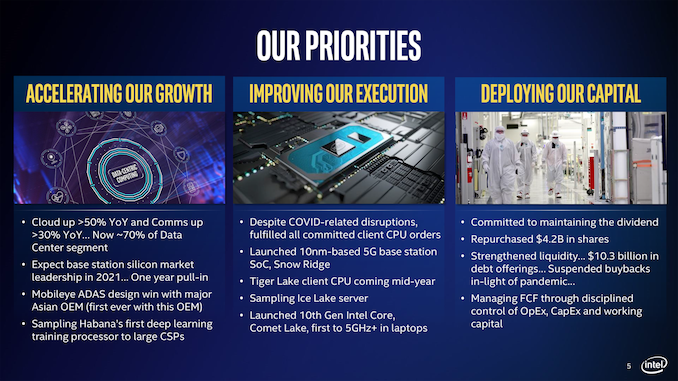

 Quote
Quote

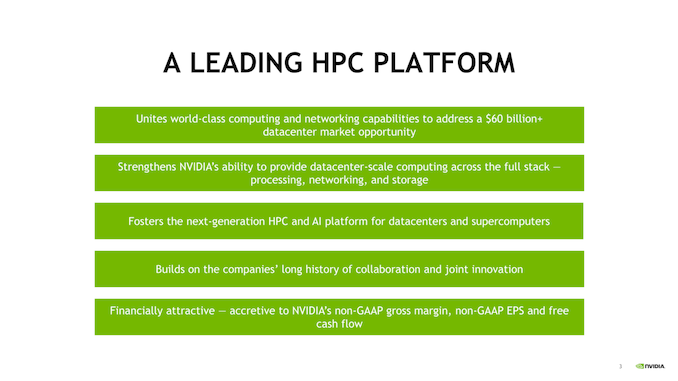

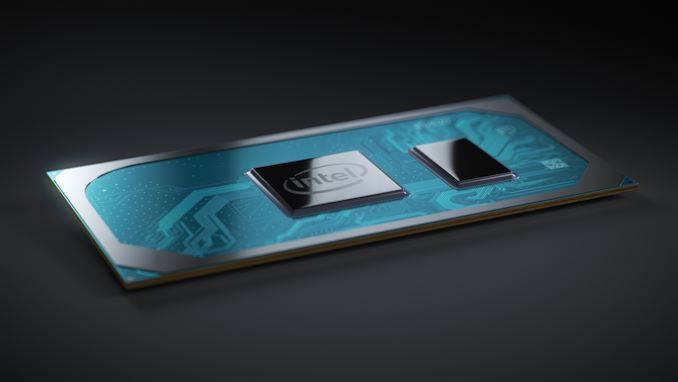


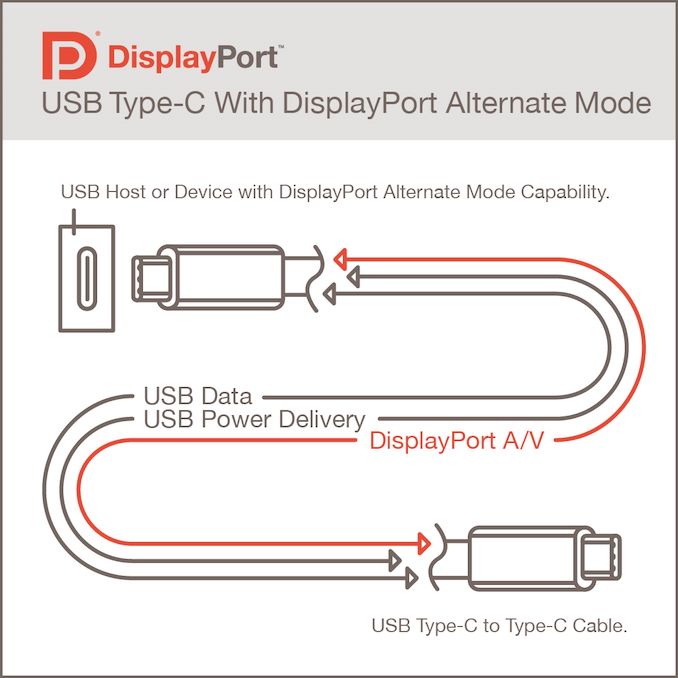
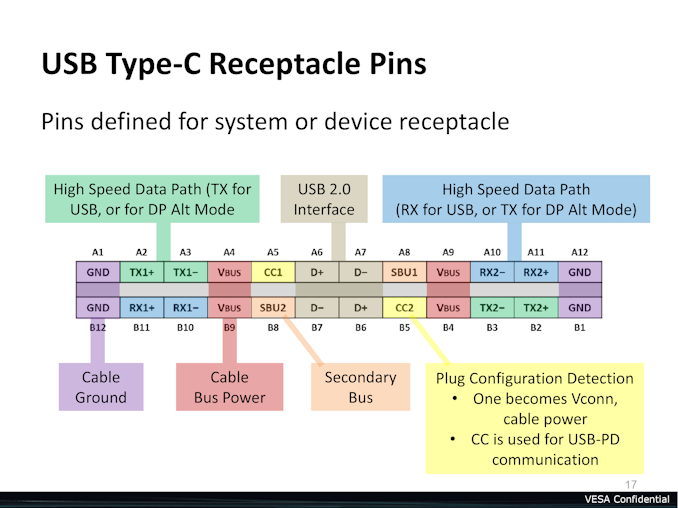

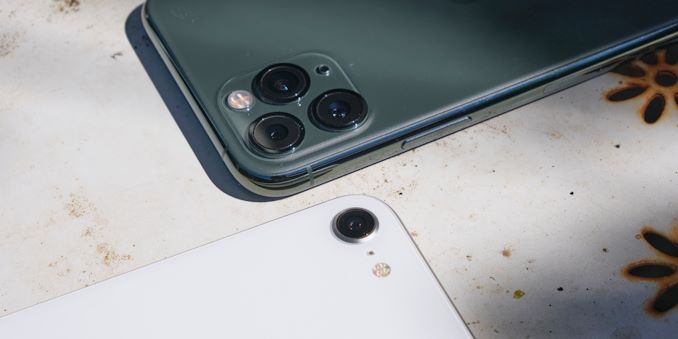
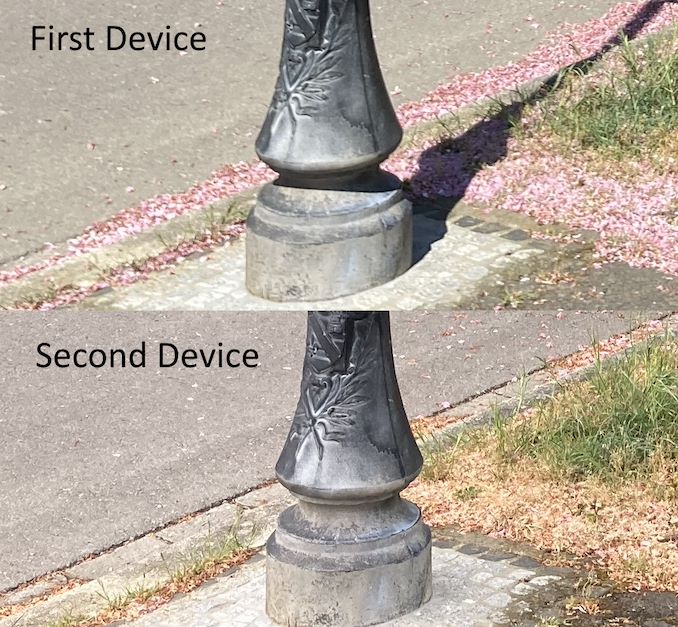
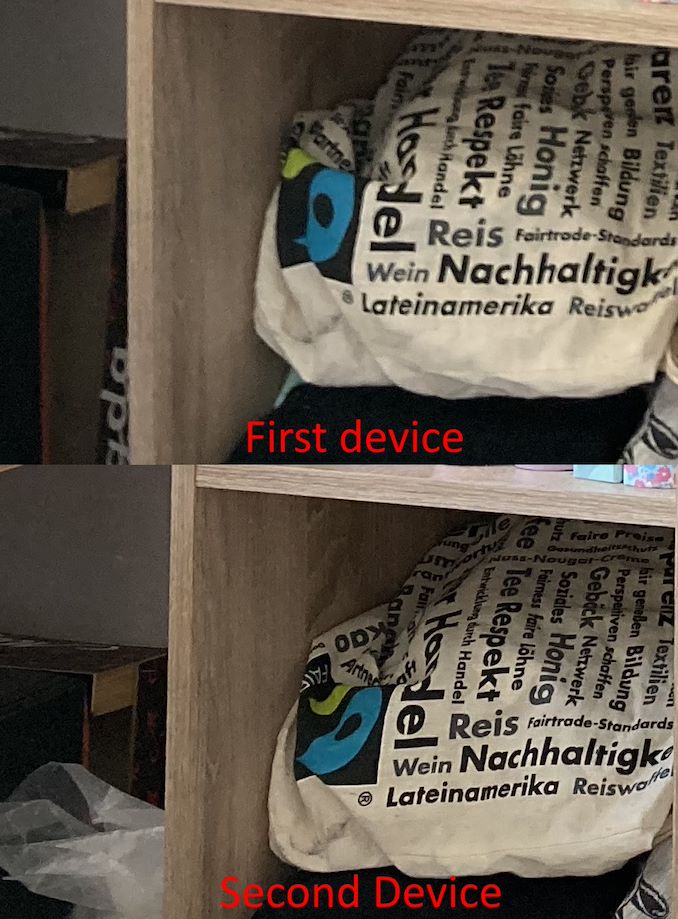
















Bookmarks